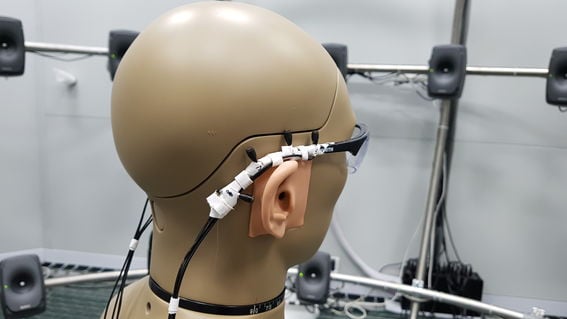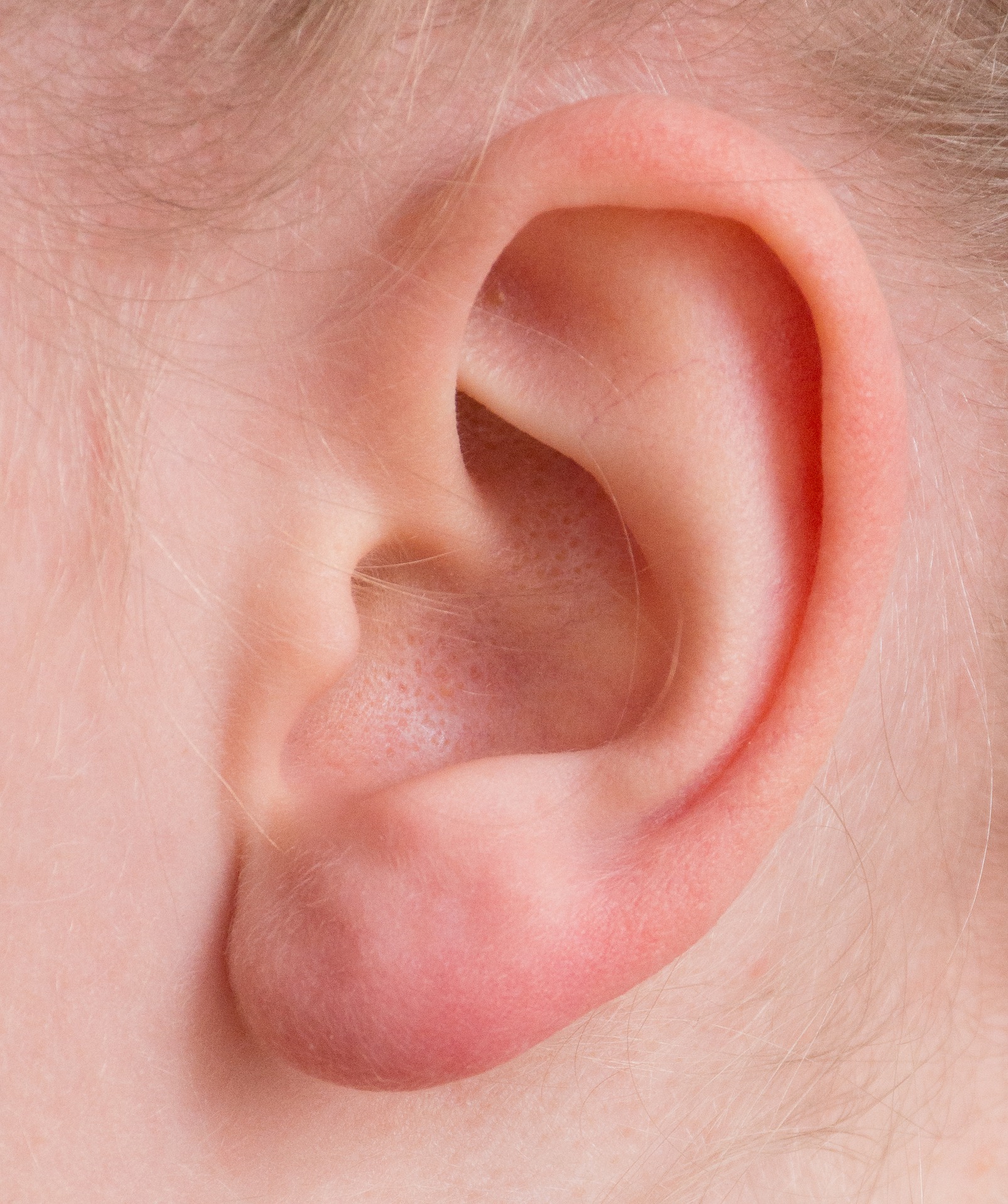
A team of researchers at Aalto University has developed a technology to accurately provide the missing directional information. Their work was published in the prestigious Journal of American Society of Acoustics (JASA), writes Aalto University in a press release.
‘Improving the spatial quality of sound is about improving the quality of life,’ says lead author doctoral student Janani Fernandez, who has also worked with cochlear implants. Special expertise in signal processing was brought to the work by another doctoral student, Leo McCormack.
Ears’ outer parts help identify sound direction
The outer parts of our ears play an important role in determining where a sound is coming from. But with hearing aids, sounds sources seem to fill the head, which is distracting and tiring, especially in crowded situations. This is because the sound captured by the microphone is amplified and then passed through a thin tube directly into the ear canal, losing directional information. Not knowing where sounds come from also makes it more difficult to distinguish between different speakers.
In the JASA paper, the researchers present a signal processing model that analyses data from multiple microphones collecting sound from different directions to capture spatial information. ‘Only then is it passed on, for example to a compressor in a hearing aid, which amplifies the signal to suit the listener’s needs. The sound is then played back to the listener using the analysed spatial information, creating a natural spatial impression,’ says Ville Pulkki, Professor of Acoustics.
More computing power needed
According to Pulkki, the method is not yet suitable for most hearing aids because it needs a lot of computing power and energy. The hearing aids in the left and right ear also need to communicate with each other. This can be difficult to achieve with small hearing aids, especially since the battery should last a long time for comfort.
Larger devices can more easily house enough computing power and a large enough power supply. This could include headsets used by professionals wearing helmets that impair hearing, such as rescue personnel, police officers and soldiers.
‘When a rescuer goes into a smoke-filled building with poor visibility, it’s important not only to hear the cries for help but also to know where they are coming from or which side a colleague is on,’ says Pulkki.

Safety issues and AR
Determining the direction of sounds is also a safety issue for the hearing impaired, Fernandez stresses. ‘For example, it’s important to distinguish which direction a car is coming from when crossing a road.’
Authentic surround sound would also make augmented reality (AR) experiences more realistic and enjoyable. For example, if a symphony orchestra concert were recorded with enough microphones placed in different parts of the concert hall, the new model could reproduce it so accurately that music fans wouldn’t have to travel to Berlin, London, or Chicago to hear top orchestras. ‘A VR concert would offer the same experience as a concert hall,’ says Fernandez.
The study also involved the University of Tampere.
Selected for you!
Innovation Origins is the European platform for innovation news. In addition to the many reports from our own editors in 15 European countries, we select the most important press releases from reliable sources. This way you can stay up to date on what is happening in the world of innovation. Are you or do you know an organization that should not be missing from our list of selected sources? Then report to our editorial team.




